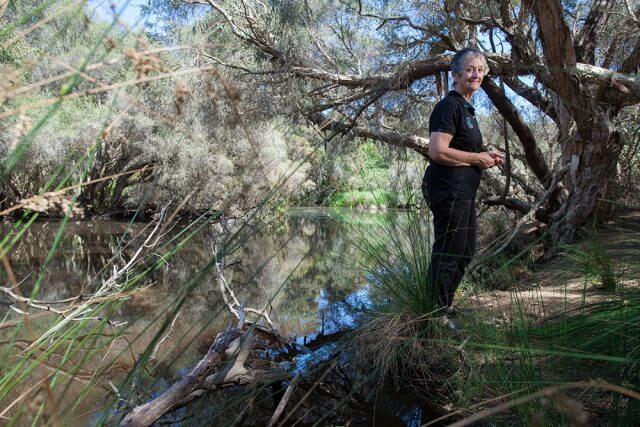
The south east regional centre for urban landcare (SERCUL) has criticised the state government’s Swan Canning river protection strategy for ignoring the crucial support regional groups provided in protecting the river.
The strategy, unveiled by Environment Minister Albert Jacob last week, set out 21 objectives between 20 government departments including Parks and Wildlife and local governments to improve the health and management of the Swan and Canning rivers.
Objectives included rehabilitating foreshores, reducing nutrients and toxins flowing into the river and improving monitoring or the health of the river.
Mr Jacob said strategy provided a master plan to guide investment, keep the rivers healthy and ensure they were accessible for the community to enjoy in the long term.
“For the first time we have a whole of government strategy that sets out a shared vision on what needs to be done to make sure our rivers are better protected while meeting the demands of a growing city,” he said.
“This strategy will better co-ordinate work between the government agencies involved in managing the rivers with the aim of improving benefits to the community and ensuring the rivers continue to be attractive and desirable places.”
The strategy said non government groups would be consulted when issues arose.
SERCUL chair Pat Hart said she was disappointed the strategy only identified government agencies and local governments in the strategies given the good outcomes for the rivers that had been achieved by groups like theirs.
“For the state government to ignore in this Swan Canning strategy the key support role these sub regional groups have had and continue to have in addressing the health of our waterways is extremely disappointing,” she said.
“The commitment and dedication shown by staff and community members of these organisations is outstanding.

“This can be seen by the outstanding results of their projects and programs that have and continue to have in improving the health of the Swan and Canning rivers.
“This work is undertaken by these sub regional organisations with only limited funding from the state government with the rest of funding required for many projects gained by their outstanding efforts and partnerships.
“They are indeed extremely important support players and should have that recognition built into this strategy.”
Ms Hart said the key issue for the rivers was stormwater management throughout the catchment, which was poorly managed and allowed excess nutrients, sediments, metals, pesticides, hydrocarbons and other industrial chemicals enter waterways.
Canning chief executive Lyn Russell said the strategy was comprehensive and the city was already working towards some of the objectives. “The city has implemented several drainage and nutrient intervention projects and is in the process of reviewing the local planning scheme,” she said.
“The city manages an annual weed and pest control program in watercourse reserves including those in the Swan and Canning and it is working with other foreshore managers to finalise the a management plan for the aquatic weed hydrocotyle.”













